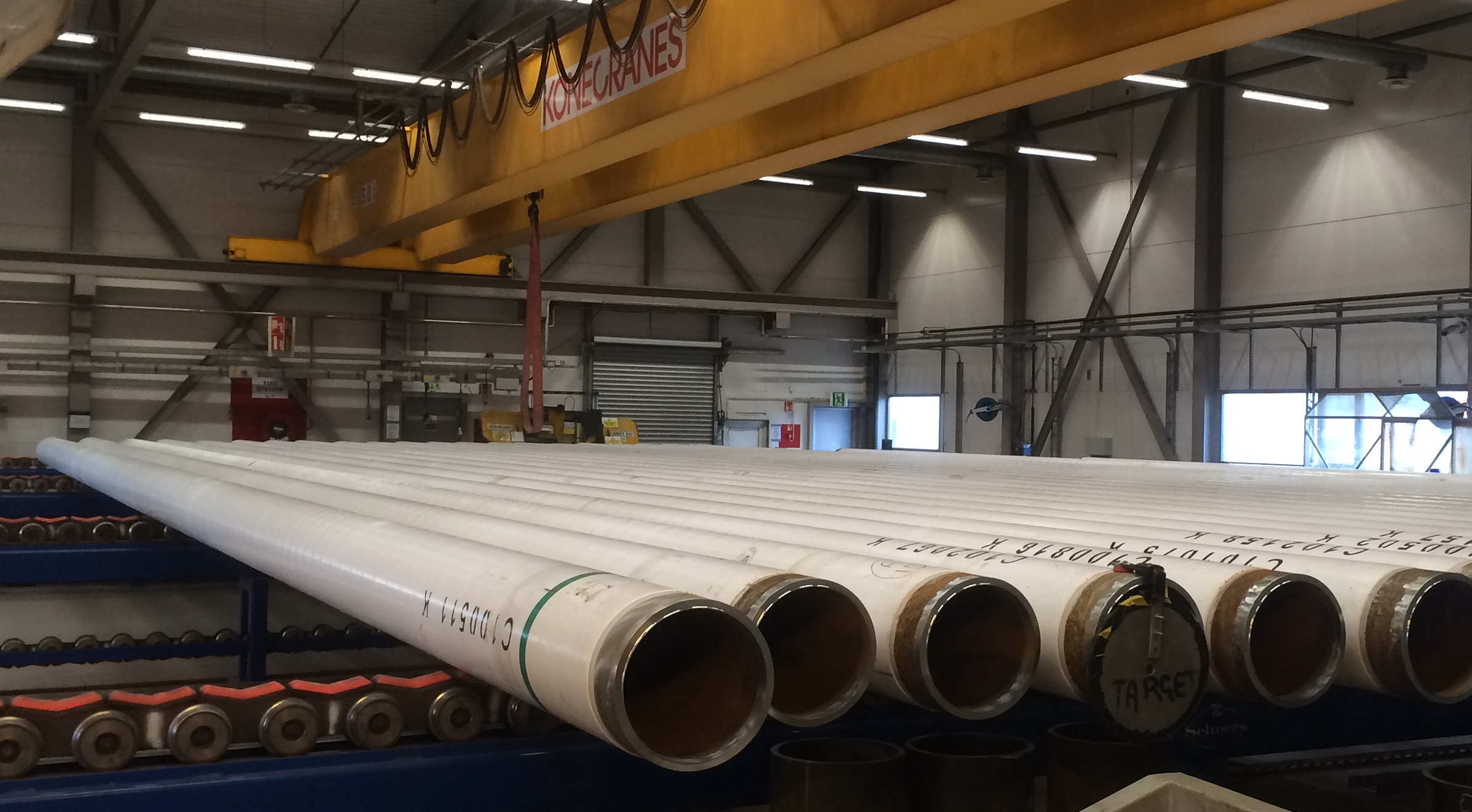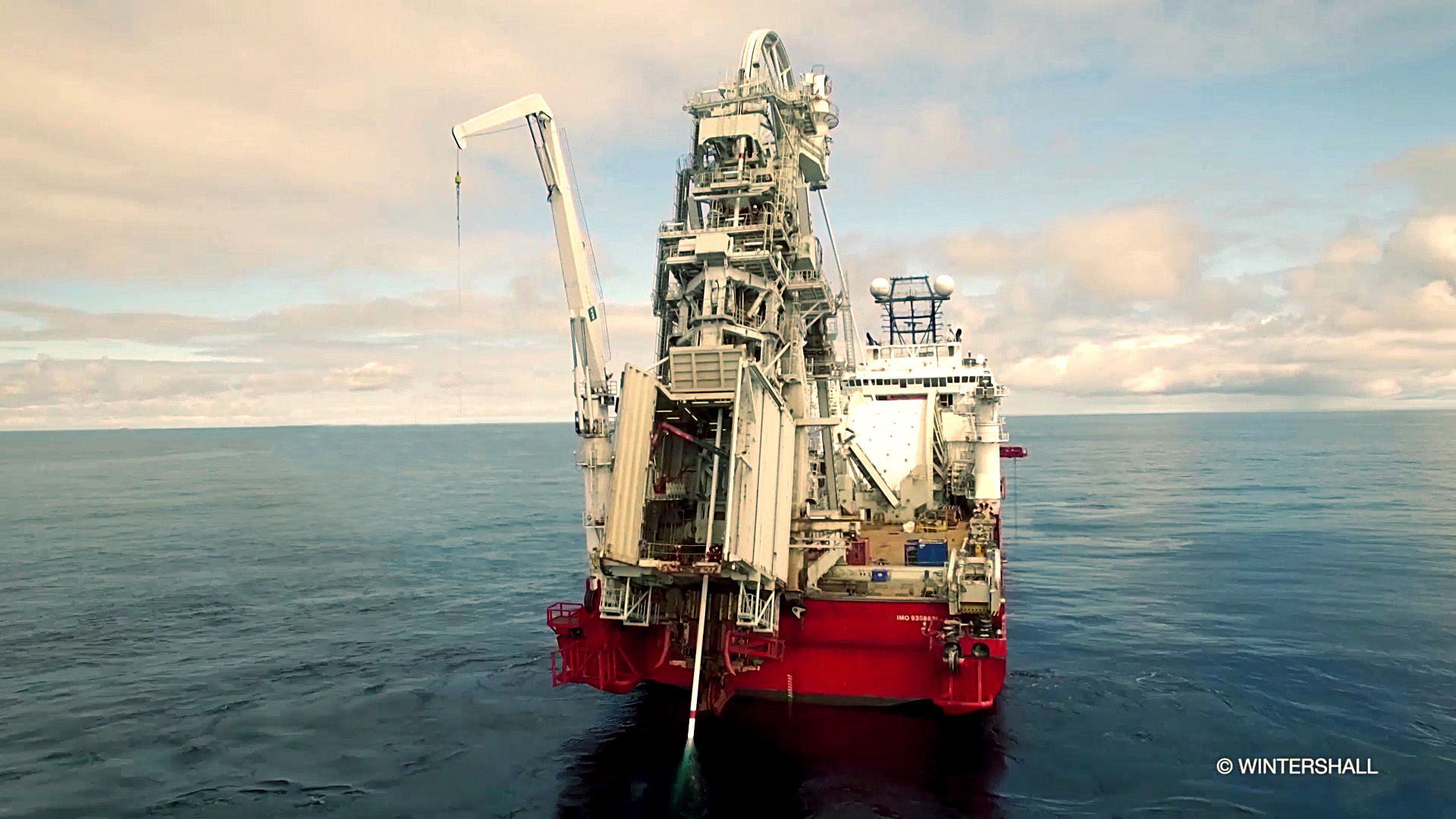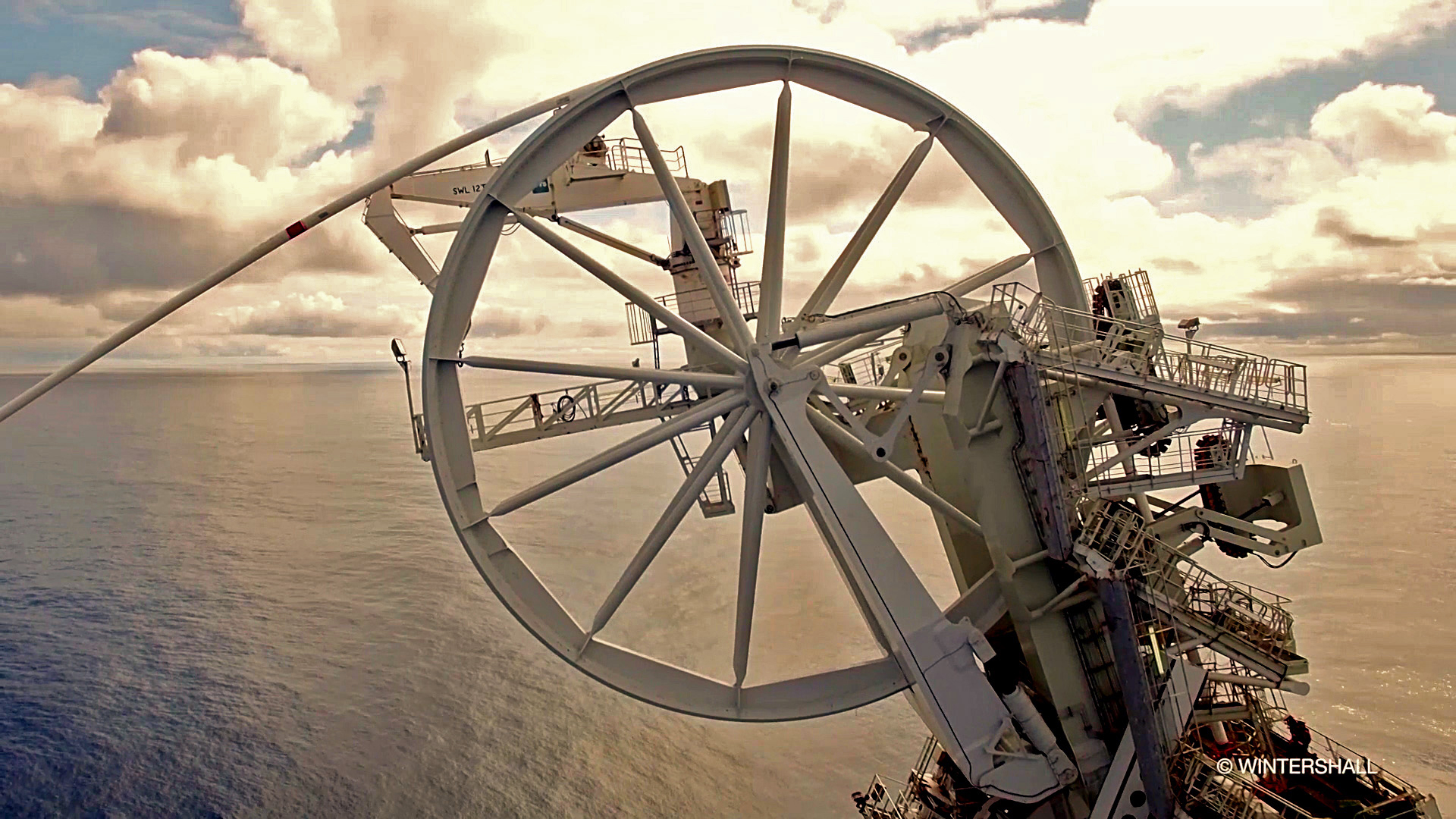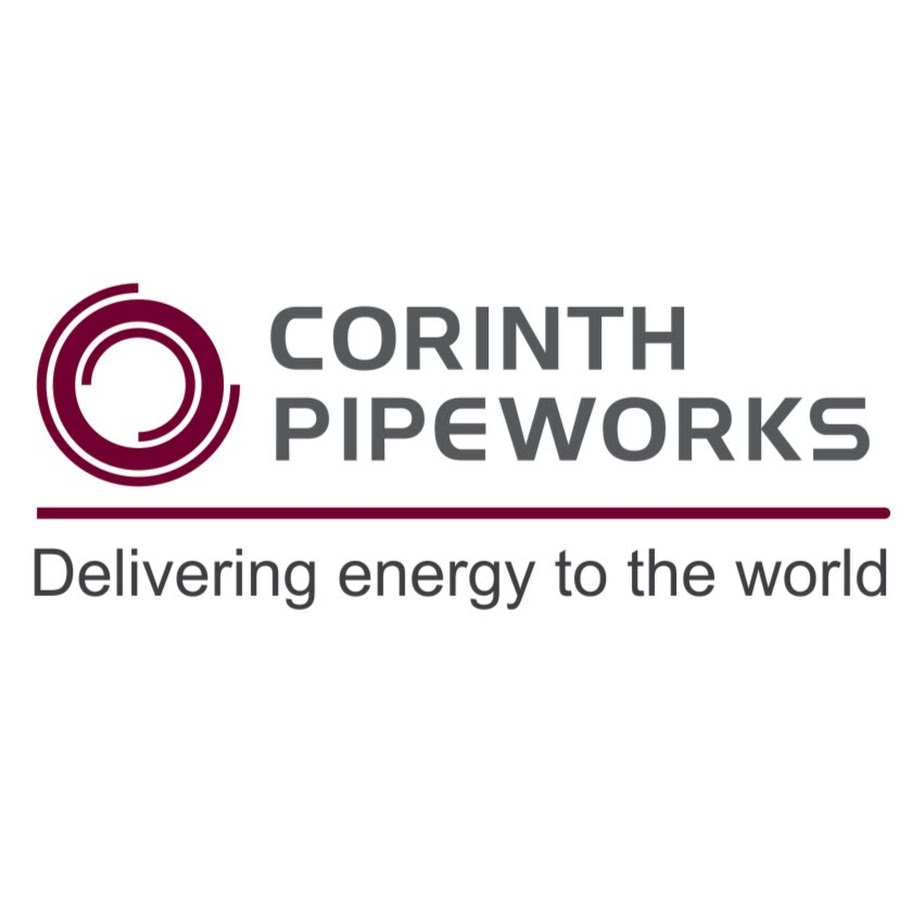Transporting liquids and gases between offshore and onshore locations can be costly due to the infrastructure required. For small diameter offshore pipelines, reeled pipelines offer a cost-effective and faster solution. However, the high strains that occur during the reeling process require steels with tight tolerances on their chemical, mechanical, and dimensional properties. ArcelorMittal Europe – Flat Products has developed a range of steels suitable for reel laying in combination with Corinth Pipeworks (CPW). The company is a leading producer of welded pipe solutions for the energy sector and a leader in the production of line pipe suitable for installation using the reel-lay method.
Reeled pipelines are formed by welding individual lengths of pipe together onshore and then spooling them onto the reel of a vessel which lays the pipeline on the seabed. Reel lay pipelines can be deployed in a much shorter time than conventional pipe laying methods. That’s because most welding and inspections are performed onshore to minimise installation time.
ArcelorMittal and CPW began developing the steels needed for reel laying over a decade ago. That work has resulted in the industrialisation of several grades of steel coils which can be used to form reeled pipelines. “The steel we use must have the correct properties to perform well at several critical stages in the manufacturing and installation process,” explains Nikolaos Sarsentis, procurement director for CPW.

Tight control of the steel’s properties is essential for reeled pipes [© Wintershall]
“That includes pipe forming, welding, reeling, and laying on the seabed,” notes Dr Athanasios Tazedakis, chief technical officer at CPW. “Tight control of coil chemistry, and the dimensional and mechanical properties of the coil, has a significant bearing on the properties and weldability of the line pipe. These factors are critical to ensure CPW can manufacture line pipe which meets the demanding specifications of our offshore pipeline customers.”
“We performed several trials in partnership with CPW to develop our reeling grades,” says Frederic Bouchaud, account manager for oil and gas pipelines at ArcelorMittal Europe - Flat Products. “It took time, but today we have a robust metallurgical solution.”
Pipes which will be installed using the reel lay method are formed in the same way as other high frequency induction (HFI) pipes which are installed using conventional methods. The hot rolled coil is uncoiled, formed, and welded into a pipe on Corinth’s HFI line. It is then cut to the required length and anti-corrosion coated in CPW‘s own facilities. After manufacture, the pipes are shipped to the spool base where they are girth welded to form a ‘pipe stalk’ which can be up to 1,500 metres long. When the reel-laying vessel arrives at the spool base, the pipe stalks are joined and coiled onto its reel one at a time. Once the reel capacity or the pipeline length is reached, the vessel moves to the offshore location where the pipe is unreeled and laid onto the seabed.”
One of the earliest reeled pipe projects delivered by CPW was for Wintershall’s Maria offshore project in the Norwegian Sea. CPW supplied the water injection pipeline used to insert seawater into the oil well to increase pressure and enable more of the energy to be extracted.

Steels for reeled pipelines are severely deformed at every stage from forming to laying [© Wintershall]
Since the Maria project, the range of HFI pipe diameters, wall thicknesses, and steel grades qualified by CPW for reel lay applications has widened significantly. The applications for CPW’s reel lay HFI pipes has also been extended to include production flowlines and carrier pipes for pipe-in-pipe systems.
“The reel lay method is popular for shallow and deep-water pipelines which have an outside diameter up to 18 inches, and wall thickness up to 20.6 mm,” says Alan Currie, sales director – offshore for CPW. “Reel lay installation is a growing market. This trend will continue as new pipe laying vessels are introduced which can accommodate larger diameter pipes up to 20 inches, larger capacity reels, and faster transit times.”
To ensure that they are ready to supply reeled pipelines for these new vessels, CPW and ArcelorMittal are constantly working to develop the properties of the steels used. “ArcelorMittal’s Global R&D Centre in Gent (Belgium) is closely involved in our efforts to improve the properties of the steels used in reeled pipelines,” says Alan Currie. “The more we can improve the steels, the better we get. It also helps us to reduce our costs and remain competitive.”

The length and diameter of reeled pipelines is currently limited by the vessels available [© Wintershall]

Reeled pipeline technology is the fastest and most efficient way to install offshore pipes [© Wintershall]

CPW and ArcelorMittal are constantly working to improve the steels used for reeled pipelines [© Wintershall]

Corinth Pipeworks is a leading steel pipe manufacturer for the oil and gas industry and a major supplier of hollow sections to the construction sector. The company makes significant use of technology to create innovative and high-performance products for its global customer base.
More info on Corinth Pipeworks: www.cpw.gr
Installation of Wintershall Maria offshore pipeline